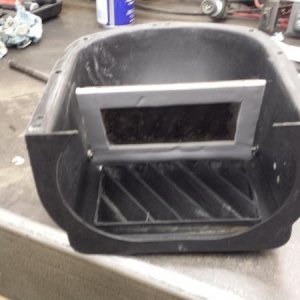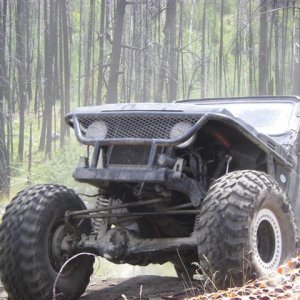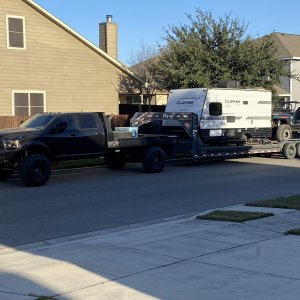1. What does an E.G.R. valve do? Why is it necessary on today’s vehicles?
The EGR sends the exhaust gasses into the combustion chamber so it doesn't have to heat up the air and fuel mixutre thus the vehicle runs more efficently.
2. Explain the reason for the A.I.R. system on modern vehicles, describe what it does, and what components make up that system.
Not a clue in the world.
3. What is an OBD readiness monitor?
It's the thingy that runs all the diagnostics while the vehicle is being driven. It checks things after the car has been run for a while, because it can't check them at initial startup.
4. What does the EVAP system do and how can you test for a problem with that system?
It takes the evpaorated emissions and filters them through that little box under the hood in my TJ (Learned that from GaryTJ of all people)
5. Which of the following can NOT cause a cranks/no start condition on a fuel injected engine?
May be more than 1 correct answer. Circle all possible causes.
Starter Motor
CKP Sensor
6. What is voltage drop? Explain how to test for it.
How much voltage is used by the conductor that carries it. "Waste energy" essentially.
7. A car comes into the shop and has a p0301 code. Circle all the possible causes.
No clue, but I could look it up in the book or use the code reader thingy.
Spark Plug Timing Belt MAF Sensor Ignition Coil
Starter Motor EGR Valve Fuel Pump Oxygen Sensor CMP Sensor
8. What is the most likely cause of a p0440 code?
No clue, again I don't know my codes.
9. A car is towed in for a no start. A technician checks it out and says it cranks ok but will not start. What should be the first 4 things checked to narrow down the possible causes of the no start condition?
Does it have gas? Does it have spark? Is the battery Good? Are the tires inflated?
10. A Fuel injected vehicle is brought in and has a miss at idle on 1 cyl, but it runs fine over an idle. Power is fine and fuel economy is fine. Compression checks OK. What is the next thing to check and why?
IAC? I dunno. Probably causes that p0301 code or whatever.
:flipoff:









